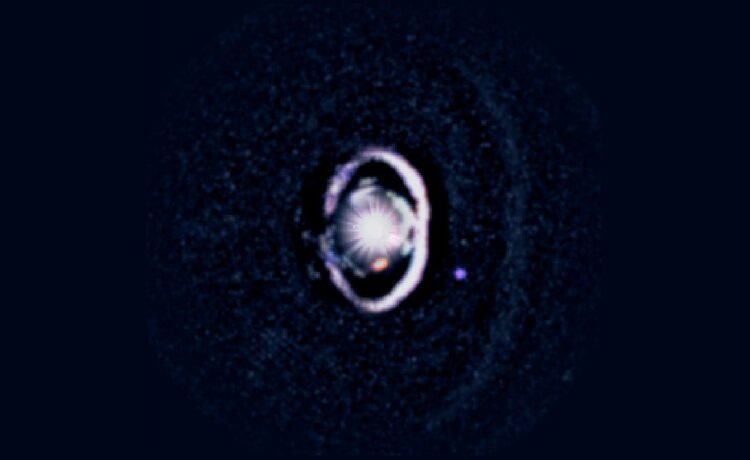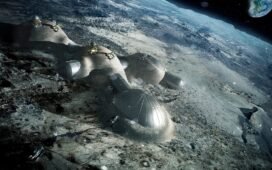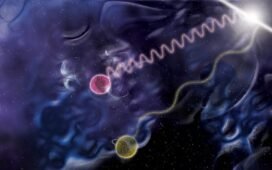Planets grow from protostellar material in disks, leading to full-grown planetary systems in time. At last, the final gap has been filled.
Here in our Universe, one thing we could have been certain of, even before we began to examine or even detect worlds beyond our own, is that the Universe does have a mechanism for creating planets and planetary systems in orbit around stars. We have some supremely strong evidence that indicates there must be a pathway for that to occur: the existence of Earth and the other planets orbiting our own Sun. Because we exist, and our planet and the other planets in the Solar System exist, then the Universe must have some way of creating these planets.
So how is it, exactly, that planets actually form within our Universe?
To answer that question, we need to look to the Universe itself. Sure, we have theories that detail how planets could form, and it’s by combining two fields of astronomy that might seem barely related — cosmology and exoplanet studies — we can learn an awful lot about the cosmic story that brings planets into existence. But even with all we learn from that, including the conditions under which stars can come to possess planets, we still have…















